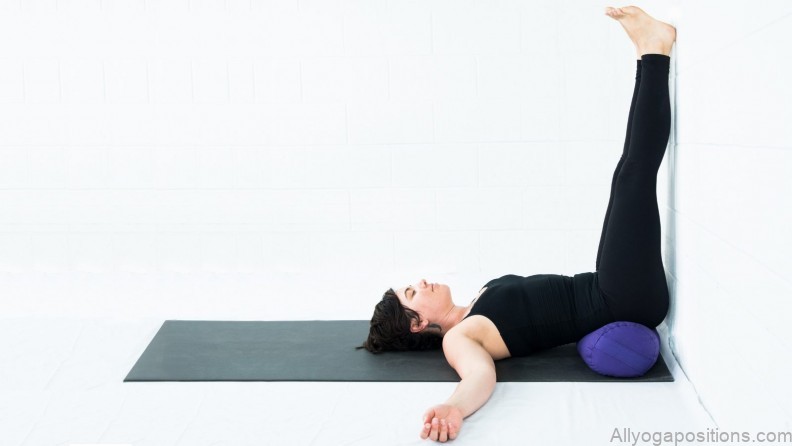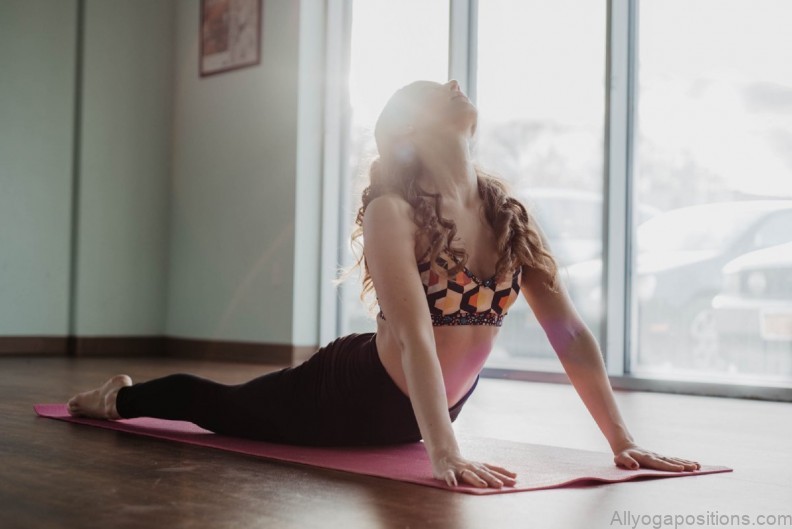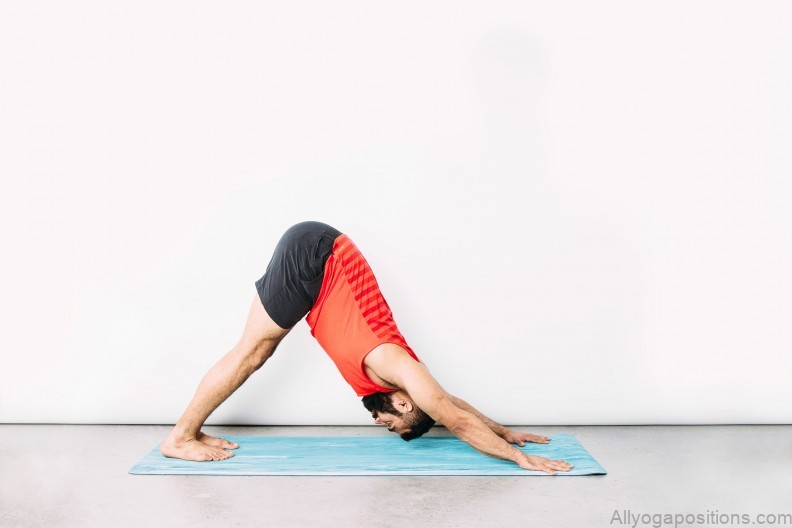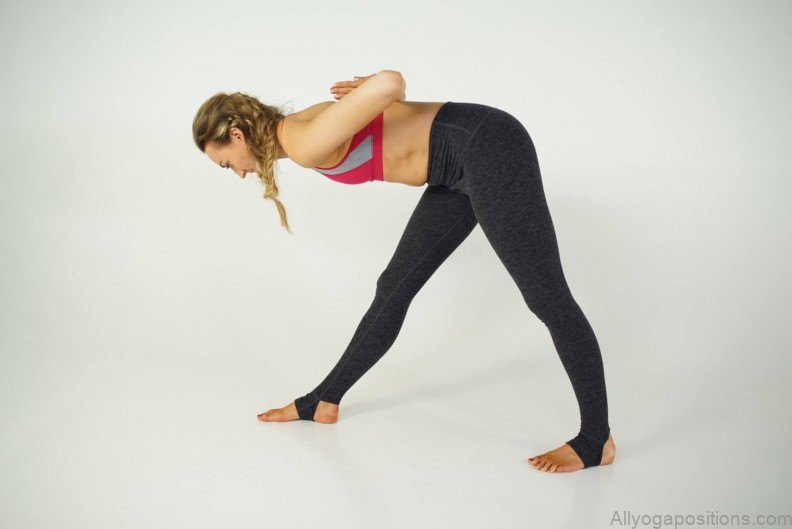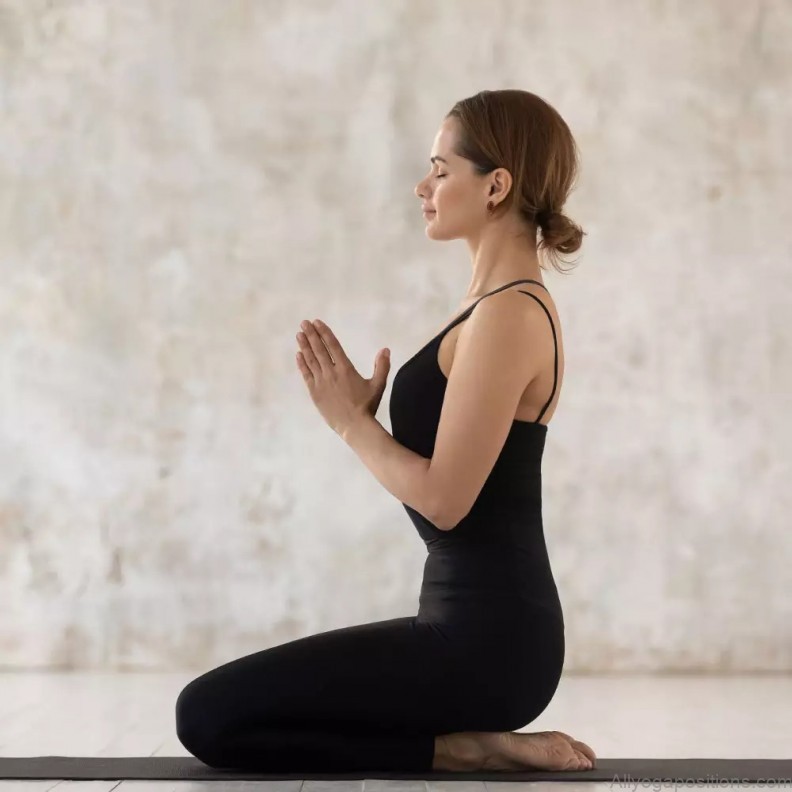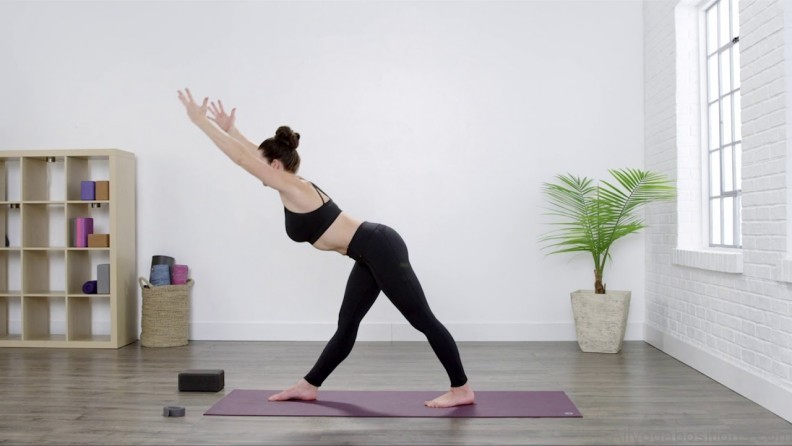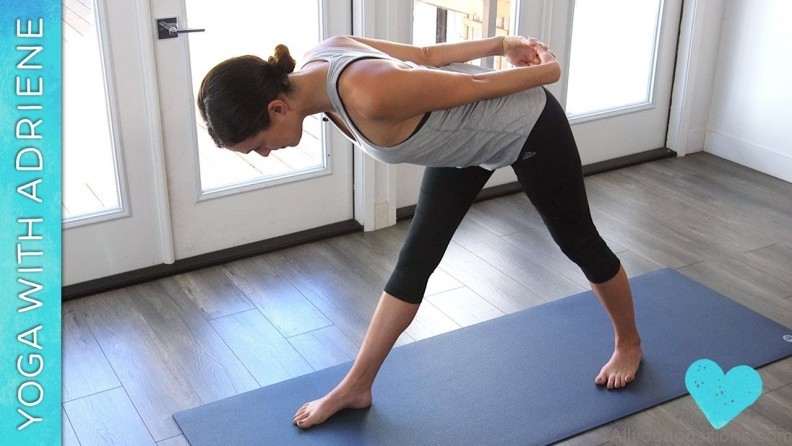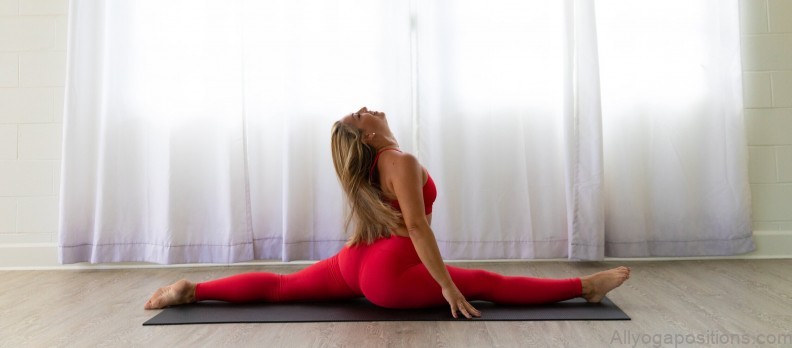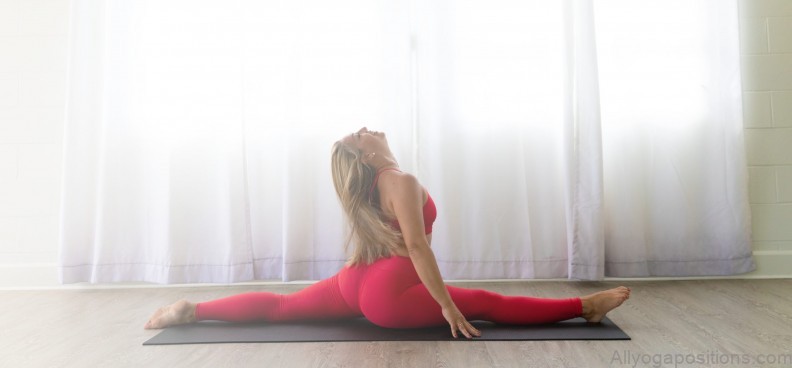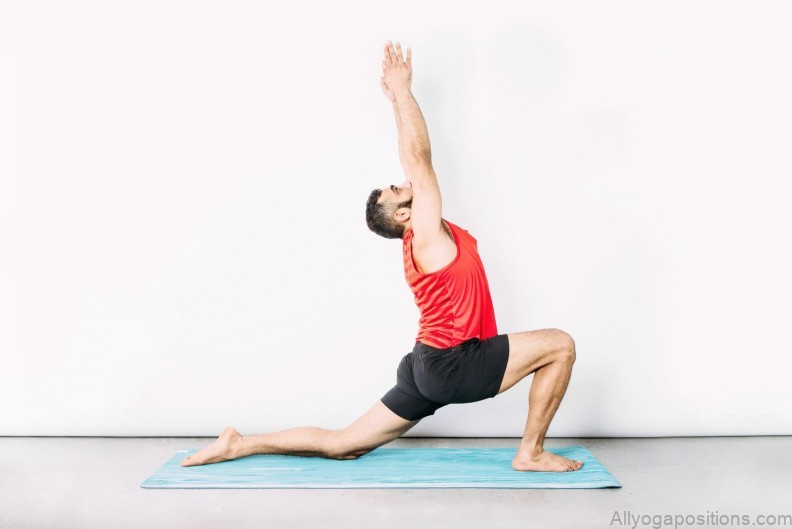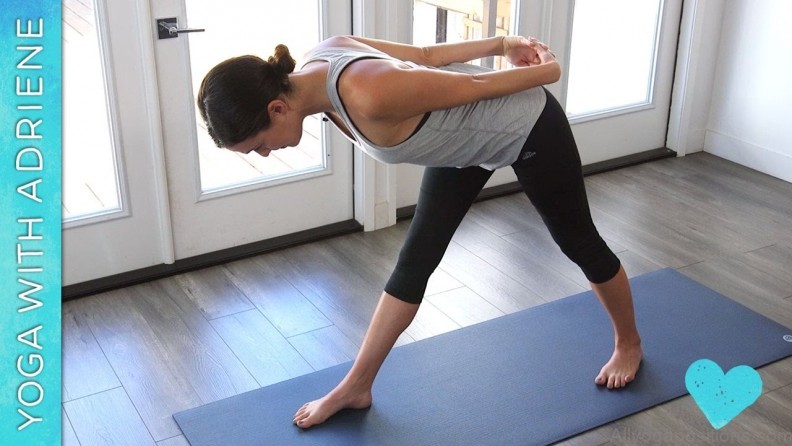Yoga, an ancient practice rooted in Indian philosophy, has surged in popularity around the globe over the past few decades. It promises not only physical benefits but also a sense of spiritual and emotional well-being. Among the myriad of poses or ‘asanas’ that yoga offers, the Pyramid Pose, known in Sanskrit as “Parsvottanasana,” holds a unique place.
Here, we’ll dive deep into the Pyramid Pose, offering a detailed guide on its significance, benefits, and step-by-step instructions on mastering it.
The Historical Context of the Pyramid Pose
The Pyramid Pose, or Parsvottanasana, finds its origins in ancient Indian texts that detail various yoga asanas. Its name is derived from Sanskrit – “Parsva” means side or flank, and “Uttana” means intense stretch. Thus, Parsvottanasana can be translated to “Intense Side Stretch Pose.” The pose represents the stability, balance, and symmetry of pyramids, which are ancient wonders themselves.
Mastering the Pyramid Yoga Pose: A Comprehensive Guide Photo Gallery
Physical and Spiritual Benefits
- Physical Benefits:
- Strengthens and Tones: Regular practice of the Pyramid Pose can help in strengthening and toning the legs, especially the hamstrings and the quadriceps.
- Improves Posture: By practicing this asana, you can develop better posture, as it stretches and lengthens the spine.
- Enhances Flexibility: The pose stretches the hips, shoulders, and wrists, enhancing overall flexibility.
- Spiritual Benefits:
- Balances Energy: Like many other yoga poses, the Pyramid Pose is believed to balance the body’s energy channels or chakras.
- Enhances Focus: Holding the pose requires concentration, thus improving focus and calming the mind.
Mastering the Pose: Step-by-Step Guide
- Starting Position: Begin in Tadasana or the Mountain Pose.
- Step Forward: Take a big step forward with your right foot, keeping a distance of about 3-4 feet between both feet. Your back foot should be at a 45-degree angle to the front foot.
- Align Your Hips: Ensure your hips are squared to the front of your mat.
- Exhale and Fold: With your hands clasped behind your back, exhale and fold forward from the hips over your right leg. Ensure that your spine remains straight.
- Hold and Breathe: Lower your head towards the right knee, and hold the pose for 5-10 breaths. Repeat on the other side.
Common Mistakes and Tips for Improvement
- Misaligned Hips: It’s crucial to keep the hips squared to the front. Using a mirror can help in checking the alignment.
- Overstretching: Listen to your body. Never push yourself too hard. With time and practice, flexibility will come naturally.
- Lack of Focus: Remember, yoga is as much about the mind as the body. Maintain a steady gaze on a fixed point to enhance focus.
Variations and Advanced Levels
As with many yoga poses, the Pyramid Pose too has its variations. Some of these are designed for beginners, while others challenge even the seasoned yogis.
- Beginner’s Variation: You can use a yoga block under your hands to reduce the intensity of the stretch.
- Advanced Variation: Try lifting your clasped hands off your back while folding forward to intensify the stretch on the shoulders.
In conclusion, the Pyramid Pose is more than just a physical exercise. It’s a union of the mind, body, and spirit, capturing the essence of yoga. With regular practice, commitment, and patience, you can master Parsvottanasana and embrace its myriad of benefits.
Table of Contents
Maybe You Like Them Too
- Mastering Virabhadrasana A: The Warrior Pose of Empowerment
- Embracing the Essence of Wide Legged Forward Bend: A Deep Dive
- Unlocking the Power of Prasarita Padottanasana: The Wide-Legged Forward Bend
- The Power and Elegance of the Wide Legged Forward Bend II Yoga Pose
- Mastering the Warrior II Pose: A Deep Dive into Its Benefits and Techniques
















